 |
Life is difficult when you are a portrait photographer and social distancing restrictions prevent face-to-face meetings with anyone beyond the people you live with. Not one to let a global virus pandemic get in the way of a good picture, Shane Balkowitsch combined modern and ancient technology to create a wet-plate photograph of a friend who was almost 4000 miles away using video-conferencing application Zoom. From his studio in Bismarck, North Dakota, Shane photographed Morgan Barbour in London, England, as she streamed video of herself to his computer screen – which he photographed using a 10x8in large format camera with a wet collodion plate loaded in the back.
 |
| Morgan in the Zoom video conference on Shane’s screen |
Shane tells DPReview that the idea came about when Morgan asked him to make a wet plate image of her. He was going to copy a previous print he had made of her, but having just been introduced to video conferencing the week before it occurred to him that he could make the picture ‘live’ using the computer screen. He sent instructions to Morgan about how she could set up the lighting in her house to create a silhouette and they had a conference call to make the shot.
 |
‘I’d never shot this way before’ Shane explained ‘and I didn’t know what to expect, so I decided that instead of trying to capture a “well lit” portrait we could go for a silhouette. It would take us back to when photography was first invented and the very simple, honest photographs of 180 years ago when photographers were just trying to get any proof of the photograph.’
‘The two plates we made are rather lovely in their simplicity and mood. Our first attempt, which is now known as “A Distance Exposure In Isolation”, is the better of the two. The light reflecting off her upper body adds just the right degree of femininity for me.
 |
Shane tells us that he would usually expect an exposure of ten seconds for his wet plate portraits but this one needed Morgan to remain still while he counted down a full minute.
‘I wasn’t sure how the image on the screen would come out, or if it would come out at all. The wet plate process relies on ultraviolet light to make the exposure, and I didn’t know whether there would be some sort of UV filter on the monitor to protect users’ eyes. Fortunately, however, that turned out not to be the case. It still needed six times the usual exposure to activate the silver on the plate though, and that was for a backlit silhouette. If I’d wanted to get detail in her face I’d probably need two to three minutes.’
Shane says he is stunned by the mixture of technologies that exist 170 years apart, and how the light traveled from Hampstead in London to his Bismarck studio 3961 miles away. ‘There’s no truth in the light I recorded!’ he exclaims. ‘It has been transfigured and translated so many times. It passed through the background in Morgan’s house to reach her phone, where it was converted into zeros and ones to travel across the globe via the internet before reaching my screen. Here it was turned back into light again before passing through my lens and on to the plate. It’s amazing.’
 |
| The final image – note the cursor in the top left corner. A sure clue to the mix of technologies |
To avoid capturing the texture of the screen Shane says he focused on the outline of Morgan’s lips and nose, and then pulled the focus back a little to blur the pixels of the screen and to create a softer feel to the picture. ‘I didn’t know if I’d get reflections off the screen too, but they don’t seem to show in the picture. There was an odd mark on the plate that I noticed as the image developed. I didn’t know what it was at first, but when I came to remove it I realized it is the arrow cursor from my computer left in the picture area by mistake. Kinda funny!’
 |
| Shane’s darkroom, where he sensitizes and develops his plates |
Shane will have the chance to practice the process once again this Friday as a model from New York has contacted him since seeing the pictures of Morgan to have her portrait taken. ‘We’ll see what we can come up with. We just got off the phone together, we have never met but she has wanted to have her portrait taken by me for some time.’
Shane says ‘If we ask ourselves, “why would you even attempt this?” the answer is simple – out of necessity. I am usually booked 7-8 months ahead for my Friday sessions in my natural light wet plate studio, but right now I’m having to cancel all those sittings. Now I can shoot remotely. Take that Coronavirus! You think you can stop us from creating? I think not.’
 |
| Self-portrait with one of his wet plate cameras |
Below you can see the video of the conference call during which Shane made the picture, which also shows the process of sensitising the plate and developing it after the exposure. You can see more of Shane’s wet plate work on Instagram and on his website.
Shane may be the first to shoot a wet plate image directly from a live subject on computer screen, but Robert Matheson used a similar process to record portraits from a live image projected onto a wet plate during the interview below.
Articles: Digital Photography Review (dpreview.com)







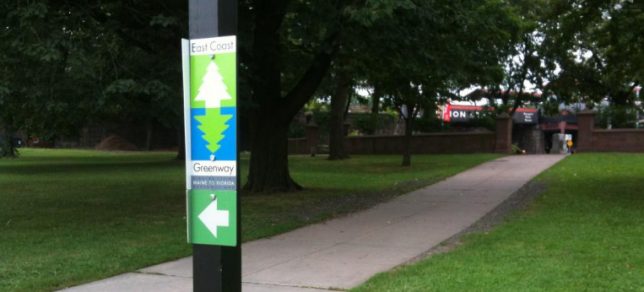
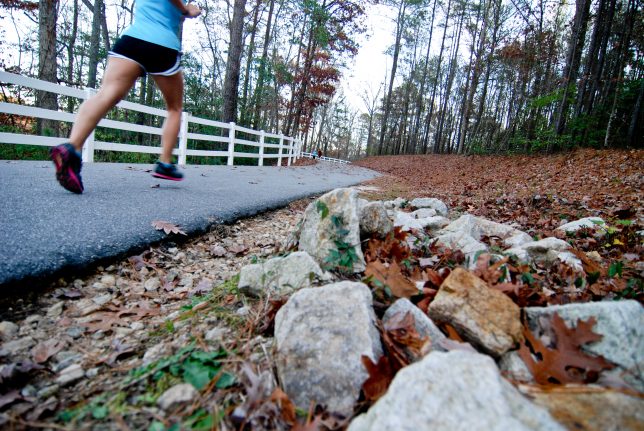




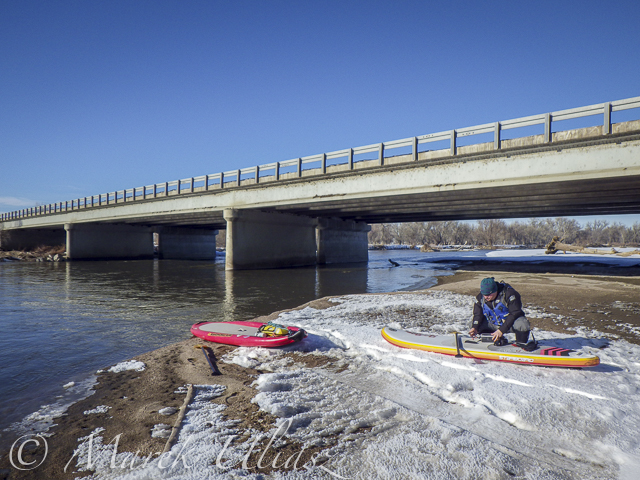
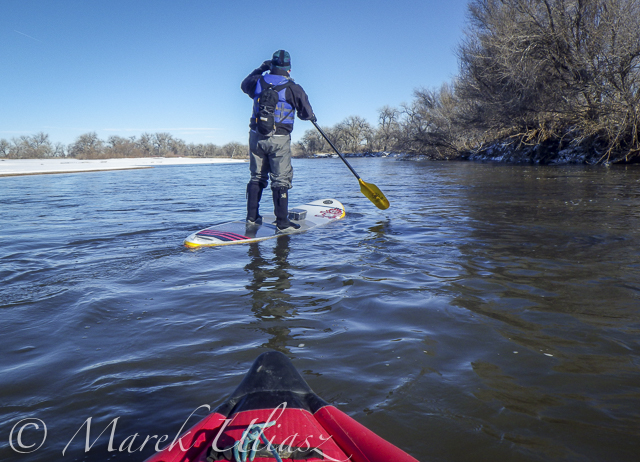
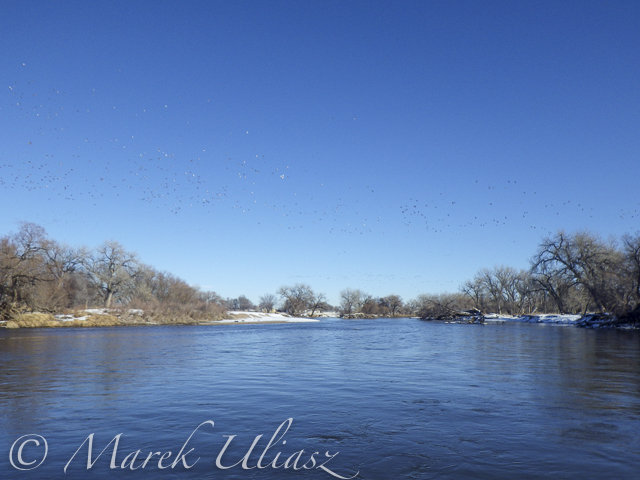
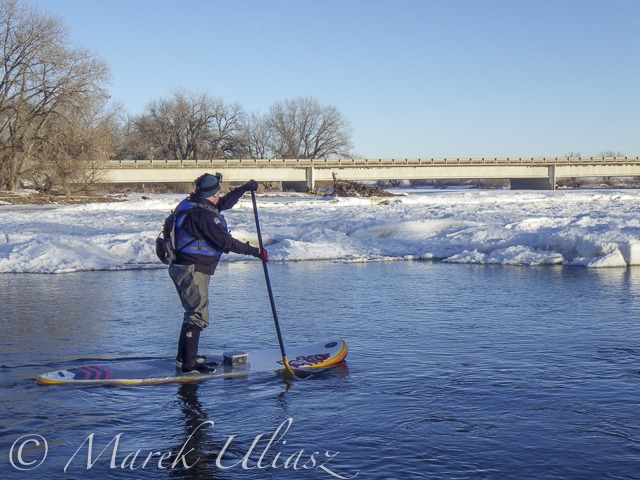
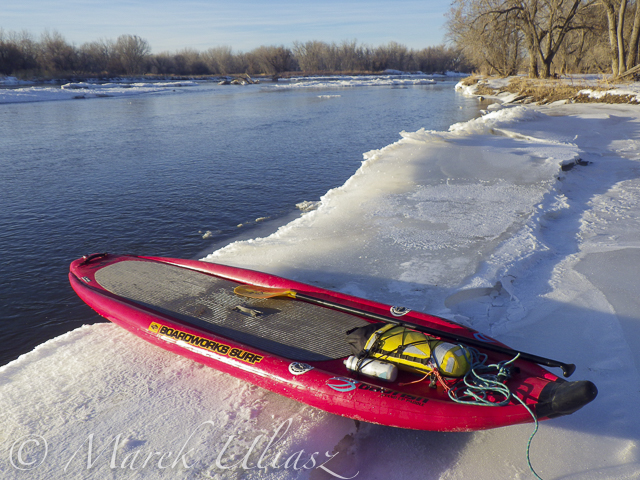






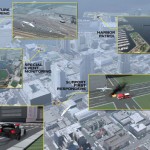
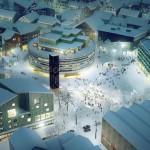
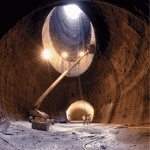




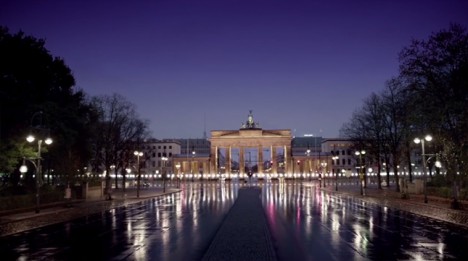





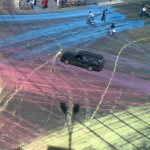
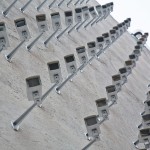
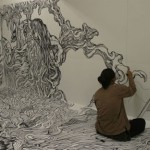








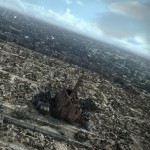
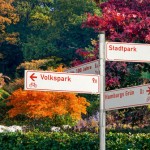
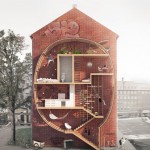


















You must be logged in to post a comment.